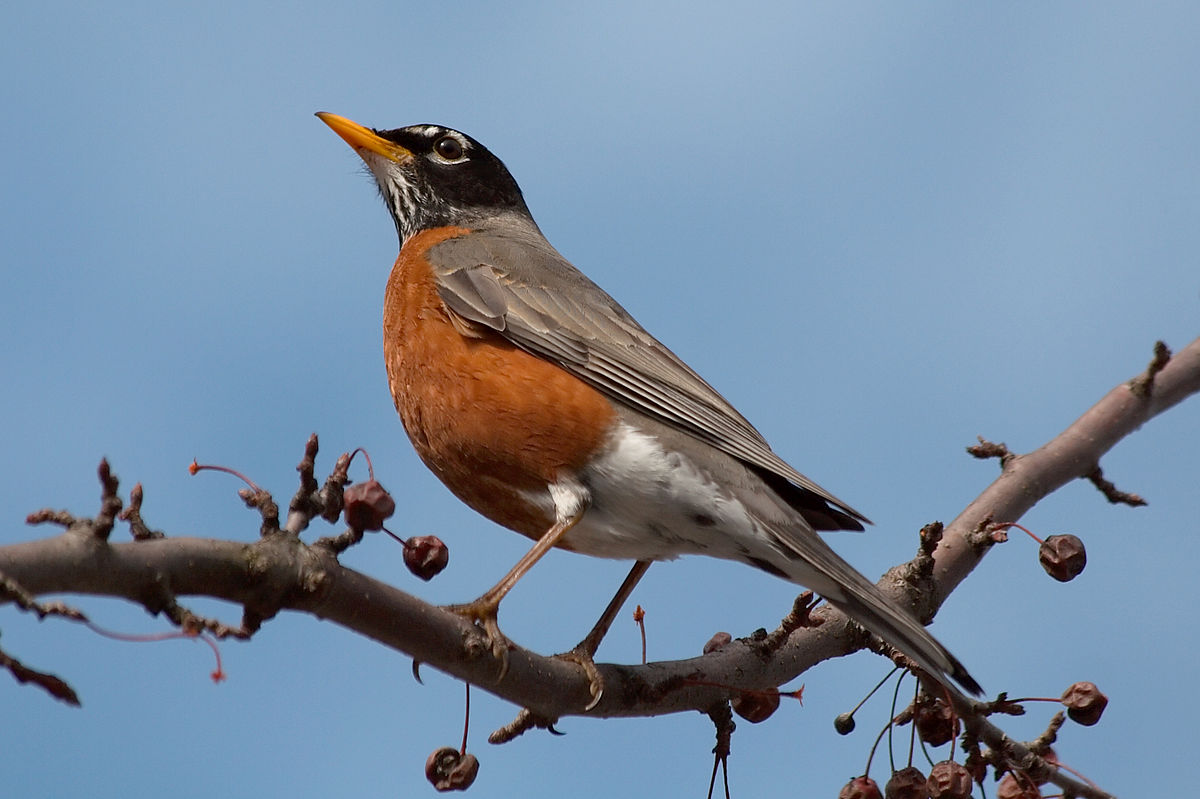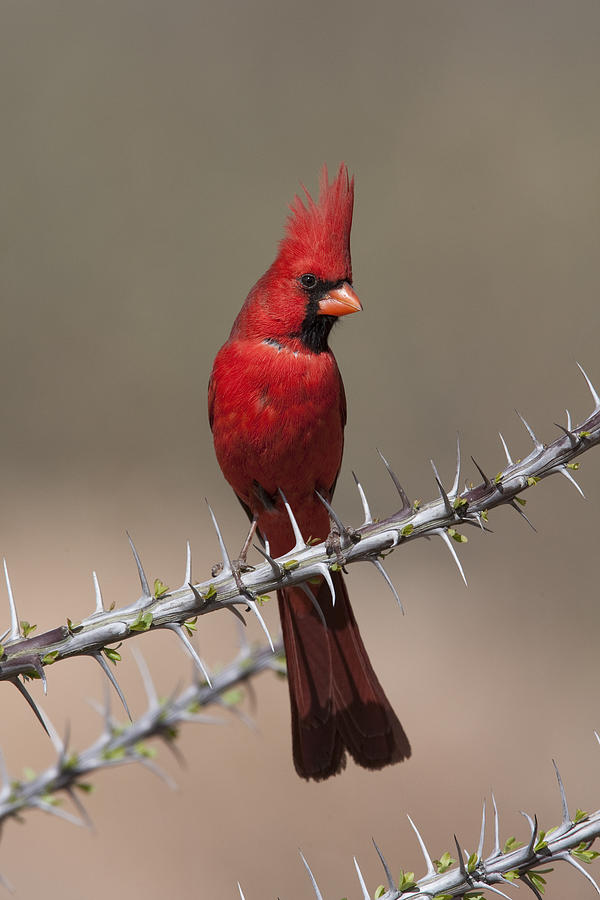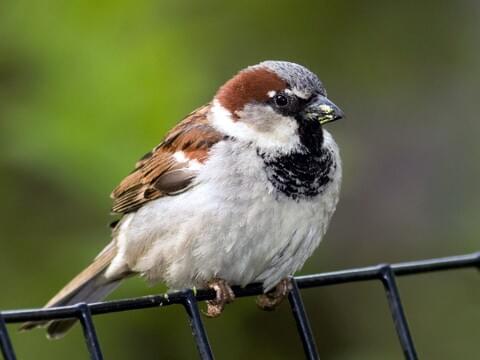Birds Among Us
Whether in bustling cities or quiet countryside, birds are a constant presence in North American life. From the moment we wake to birdsong to the flicker of wings at our feeders, these feathered companions are often so familiar that we barely notice them. Yet each one plays an essential role in our environment. This article highlights some of the most common — and beloved — birds found across the continent, celebrating their beauty, behavior, and importance in maintaining healthy ecosystems.

The American Robin: A Familiar Song
Few birds are as iconic or widespread as the American Robin. With its orange breast and cheerful song, the robin is often seen as a symbol of spring. Found from Alaska to Mexico, robins thrive in a variety of habitats, including lawns, parks, forests, and even city streets. They are ground foragers, commonly seen hopping across grass in search of worms. Their adaptability and resilience have helped them flourish in both wild and urban landscapes, making them one of North America's most recognizable birds.

Northern Cardinal: Red in the Wild
With their bright red plumage and melodic songs, Northern Cardinals are a favorite among birdwatchers. Males are vibrant red, while females sport more muted tones with touches of red on their wings and tail. Cardinals are found throughout the eastern United States and into parts of the Southwest. They don’t migrate, meaning they brighten up winter days when many other birds have flown south. Their distinctive whistles and frequent visits to feeders make them a constant presence in many backyards.

Blue Jays: Bold and Vocal
Blue Jays are striking birds known for their bold personalities and vivid blue feathers. These intelligent and curious birds are members of the corvid family, which also includes crows and ravens. Blue Jays are excellent mimics and often imitate hawks to scare away other birds. They’re also skilled at caching food and are known to hide acorns for later use. Common in forests, suburbs, and cities across eastern and central North America, they play a vital role in forest regeneration by spreading seeds.

House Sparrows: City Survivors
Originally from Europe and Asia, House Sparrows were introduced to North America in the 19th century and have since become one of the continent’s most widespread birds. They thrive in human environments — from busy cities to rural farms — and are often seen chirping from rooftops or darting through crowds. Though not native, their success speaks to their incredible adaptability. They nest in crevices, eaves, and other urban nooks, often living in close quarters with humans.
Mourning Doves: Gentle Coos
Mourning Doves are slender, soft-colored birds with long tails and a gentle cooing call that has become synonymous with quiet mornings. They are among the most abundant birds in North America, found from southern Canada to Central America. Their fast, whistling flight and peaceful demeanor make them easy to spot yet calming to observe. Mourning Doves feed primarily on seeds and are frequent visitors to ground-level feeders and open fields. Their subtle beauty and serene presence bring a quiet grace to neighborhoods and rural areas alike.

Why Common Birds Matter
It’s easy to take common birds for granted, but their presence is a sign of ecological health and balance. These birds help control insect populations, spread seeds, and even pollinate certain plants. They also offer comfort, curiosity, and connection to the natural world, especially in urban spaces where wildlife can feel distant. By supporting native plants, avoiding pesticides, and maintaining bird-friendly spaces, we help sustain not just these familiar species — but the countless others that depend on them.
